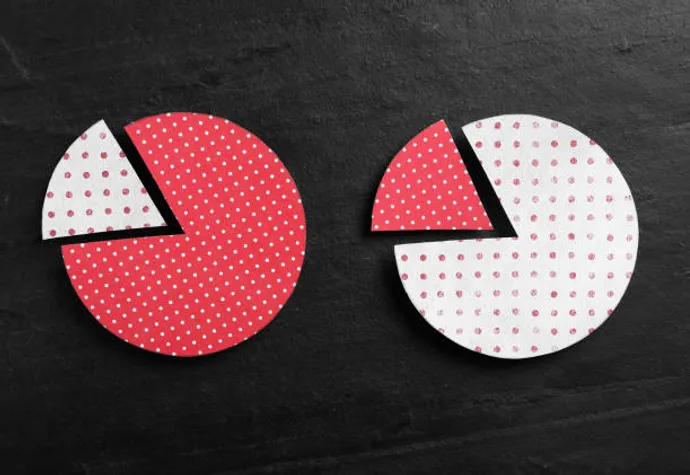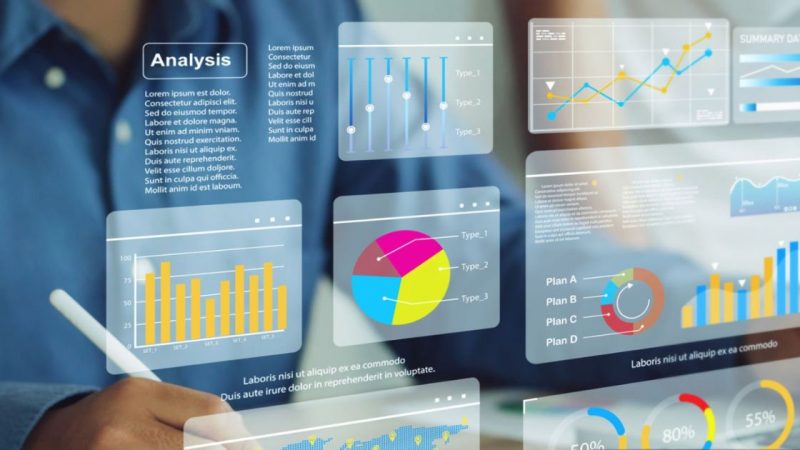Sensitivity analysis and scenario analysis are methods of assessing risk. Before making an investment or any big decisions, organizations look for ways to determine risks and try to predict what the outcome will be.
While there are many ways to go about this, 2 of the most important ones are sensitivity analysis and scenario analysis. These methods are crucial to businesses because as we were reminded over the past few years, no matter how much we plan, nothing is certain.
What’s the difference between scenario analysis and sensitivity analysis?
The main difference between the two methods is that sensitivity analysis examines the effect of changing just one variable at a time, while scenario analysis assesses the effect of changing all the input variables at the same time.
With such an approach, an analyst comes up with different possible events that are likely to occur in the future.
Scenario analysis explained
Scenario analysis involves analyzing the movement of a specific valuation or metric under different scenarios. With scenario analysis, you predict the value of a future investment based on changes that may occur to your existing variables.
You have to explore the impact of different market conditions on the investment, or the project as a whole.
Using scenario analysis, you have a rational and structured way to analyze the future. Your organization can use it to examine the potential impacts of both negative and positive events.
Scenario analysis is looked at as a more general way of analyzing scenarios in comparison to sensitivity analysis. It usually causes the company to measure 3 different scenarios:
- Base-case scenario – Refers to the ordinary or typical scenario that would happen based on previous circumstances or what has the most chance of occuring.
- Worst-case scenario – Refers to the most extreme situation that can happen if things don’t go as planned. It can be influences such as a new Covid variant, supply chain issues, or reaching the lowest prediction of sales for the quarter.
- Best-case scenario – Refers to the most favorable projected outcome. This is the scenario analysis that companies are most enthusiastic to create.
Benefits of scenario analysis
Better decision making- Investigating and analyzing the different scenarios will help the company make the most informed and optimal decisions based on the level of risk in different circumstances.
- Proactive approach- Scenario analysis forces all company departments to think proactively instead of reacting to events after they happened. Just from practicing this mindset, a company will be far better prepared for different scenarios and less surprised.
- New opportunities- A methodological approach to analyzing the future can help companies find opportunities that they might not have noticed otherwise, especially when done on a consistent basis.
Disadvantages of scenario analysis
- Time- The biggest disadvantage is the time and expertise it takes to carry out scenario analysis. To complete it for in-depth and for multiple scenarios can take lots of time from skilled employees.
- (Un)realistic- It’s hard to be realistic when considering all possible scenarios, as biases or time constraints can disrupt assumptions.
Sensitivity analysis explained
Sensitivity analysis can be looked at as a simulation or a what-if analysis. Performing analysis like this can help better predict the outcome of a decision based on a variety of variables.
It is more exact and numerical in most cases and is crucial in situations where the output is the result of a complex formula that makes it impossible to analyze.
Sensitivity analysis is numerical and therefore has an endless amount of scenarios depending on how much needs to be analyzed.
An example of this is calculating the effects of what happens if the tax rate is 15%. In this case, calculating the option of 14%, 13%, 13.5%, or any other possibility that can occur is part of the analysis, as changing the variable will change the outcome.
Calculating the exact possibilities is what differentiates sensitivity analysis from scenario analysis.
Benefits of sensitivity analysis
- In-depth- Can provide an even greater in-depth assessment because it requires each independent and dependent variable to be studied.
- Fact checking- In addition to providing an in-depth analysis it also helps determine the likelihood of success or failure given different variables. Sensitivity analysis can point out the obvious, such as one small factor improving output by running different variables.
Disadvantages of sensitivity analysis
- Based on assumptions- Although sensitivity analysis is based on equations and numbers- meaning it has the potential to be more accurate than scenario analysis- the source of it still comes from management assumptions. If these assumptions themselves are wrong, the whole analysis will be wrong, and the future forecast will not be accurate.
- Not relative in nature- Sensitivity analysis considers each variable individually and tries to determine the outcome. In the real world, all variables are related to each other. This means that the system analyzes one variable at a time but doesn’t interchange how two or three factors will cross-effect each other. Although it’s a complete and in-depth analysis for individual variables, the end result is not as comprehensive as companies want, due to the fact that there are always multiple variables involved in each scenario.
Which one is best for your organization?
Both scenario analysis and sensitivity analysis are important for FP&A teams’ forecasting plans, but each has their own circumstances in which they work best.
Organizations that are short on time and resources may have a hard time completing scenario analysis, but conducting a shortened version of it is still extremely beneficial as it has the advantages of taking a proactive approach and providing new opportunities.
Those who do have the time and resources, especially businesses which have many potential factors that can influence output, would benefit greatly by conducting sensitivity analysis.
Adding the more human element of scenario analysis would add an extra layer of benefits.
However, conducting these analyses by themselves is not enough in today’s volatile market.
Using FP&A data analytic tools that combine elements of previous company data, BI, and what-if scenarios to go along with sensitivity analysis or scenario analysis, will give companies the most in-depth and accurate scenarios in which they can respond appropriately.





